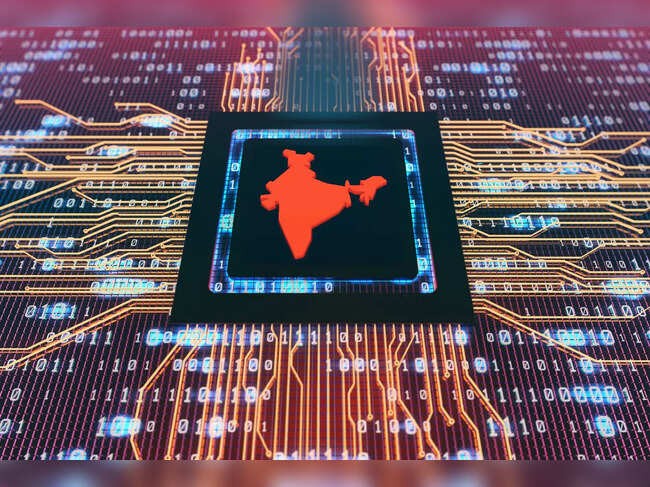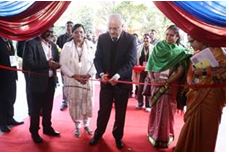



The ANRF's MAHA-EV Mission supports India’s EV goals by funding seven e-Nodes to develop tropical EV batteries, efficient power systems, and smart charging infrastructure. Launched in 2024, it bridges academia and industry, promoting self-reliance, innovation, and sustainability in line with Atmanirbhar Bharat and Viksit Bharat 2047 visions.

Copyright infringement not intended
Picture Courtesy: promfgmedia.com
The Anusandhan National Research Foundation (ANRF) was set up under the ANRF Act, 2023, to boost research and innovation across the country.
The ANRF operates under the Ministry of Science and Technology and aims to bridge the gap between academic research (done in universities) and industrial applications (used by companies).
In October 2024, the ANRF launched the Mission for Advancement in High-Impact Areas - Electric Vehicle (MAHA-EV), to develop advanced technologies for electric vehicles (EVs) to make India self-reliant, reduce dependence on imports, and promote a greener, sustainable future.
MAHA-EV initiative aligns with the government’s Atmanirbhar Bharat (self-reliant India) vision and the goal of achieving a Viksit Bharat (developed India) by 2047.
The ANRF announced that it has selected seven high-impact projects, called e-Nodes, to support under the MAHA-EV Mission. These e-Nodes are specialized research groups that will work on solving critical challenges in India’s EV ecosystem.
Each e-Node is like a team of experts from academic institutions (like IITs), research labs, and industries working together in a consortia mode (a collaborative model). This teamwork ensures that the research is not just theoretical but can be practically applied in the EV industry.
The MAHA-EV Mission targets three key technology verticals (specific areas of EV technology) to strengthen India’s EV sector.
Tropical EV Batteries and Battery Cells (TV-I):
Power Electronics, Machines, and Drives (PEMD) (TV-II):
EV Charging Infrastructure (TV-III):
These verticals cover the core components of EVs, from power sources to infrastructure, which ensure a complete EV ecosystem.
The MAHA-EV Mission is part of the ANRF’s broader Advancement in High-Impact Areas (MAHA) program, which tackles critical scientific challenges in areas like EVs, renewable energy, and healthcare. The mission aligns with National Electric Mobility Mission Plan (NEMMP) 2020, which aims to reduce fossil fuel use through EVs.
Must Read Articles:
Source:
|
PRACTICE QUESTION Q. How does the Anusandhan National Research Foundation contribute to the goals of Atmanirbhar Bharat and Viksit Bharat?” 150 words |








© 2025 iasgyan. All right reserved